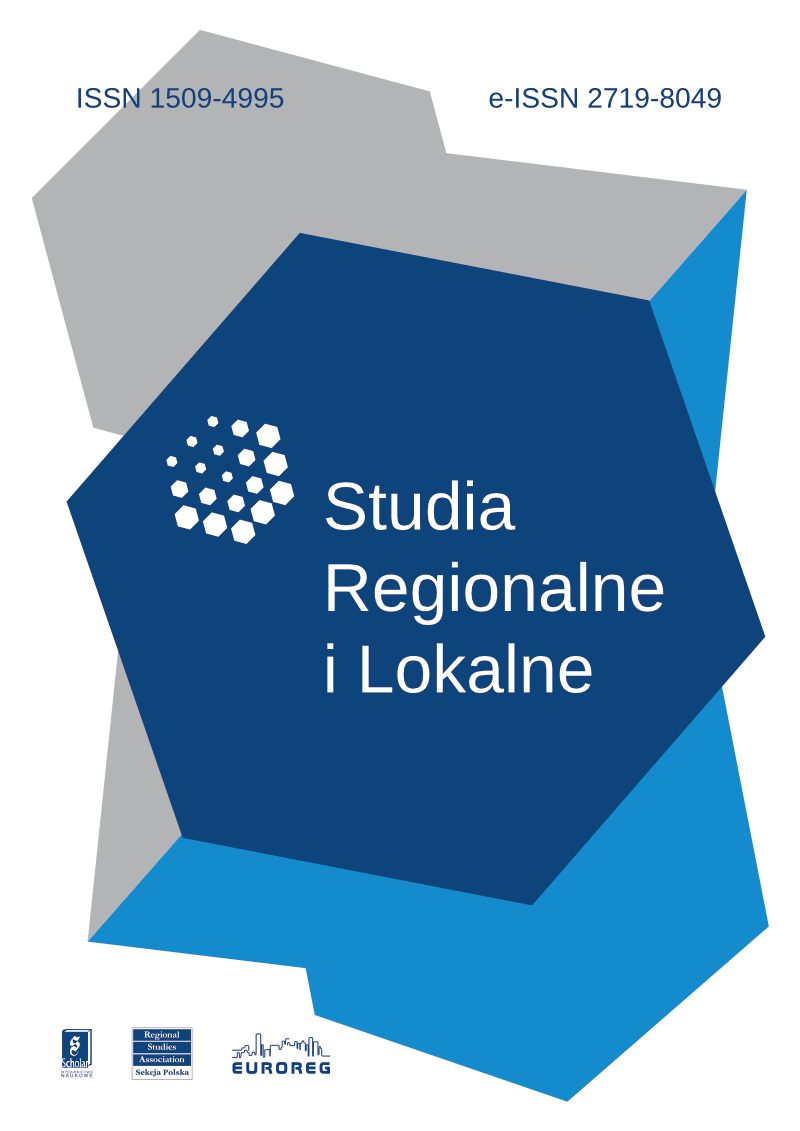Published in
4(26)/2006

- Alan S. BlinderOffshoring – The Next Industrial Revolution?[more]
- Grzegorz BuczekIs Warsaw Becoming a City of the Third World?[more]
- Tomasz Grzegorz GrosseThe Analysis of Corruption Threats in the Integrated Regional Operational Programme 2004–2006 Management System[more]
- Bohdan JałowieckiIs Warsaw Becoming a City of the Third World[more]
- Marek W. KozakShall We Meet the Challenge?[more]
- Marek W. KozakAndrzej Kowalczyk, 2000, Geografia turyzmu, Warszawa: Wydawnictwo Naukowe PWN, s. 287 (recenzja)[more]
- Jeremi T. KrólikowskiWarsaw – the Spatial Catastrophe’s Aftermath[more]
- Sylwia MichalskaMaria Halamska, 2005, Rozwój wiejski w Portugalii w latach 1986–2000. Wzór czy przestroga dla Polski?, Warszawa: Instytut Wsi i Rolnictwa PAN, s. 187. (recenzja)[more]
- Elżbieta Anna SekułaAs You Like It… Warsaw as the Third World’s Metropolis?[more]
- Stanisław WyganowskiWhere does Warsaw go?[more]


